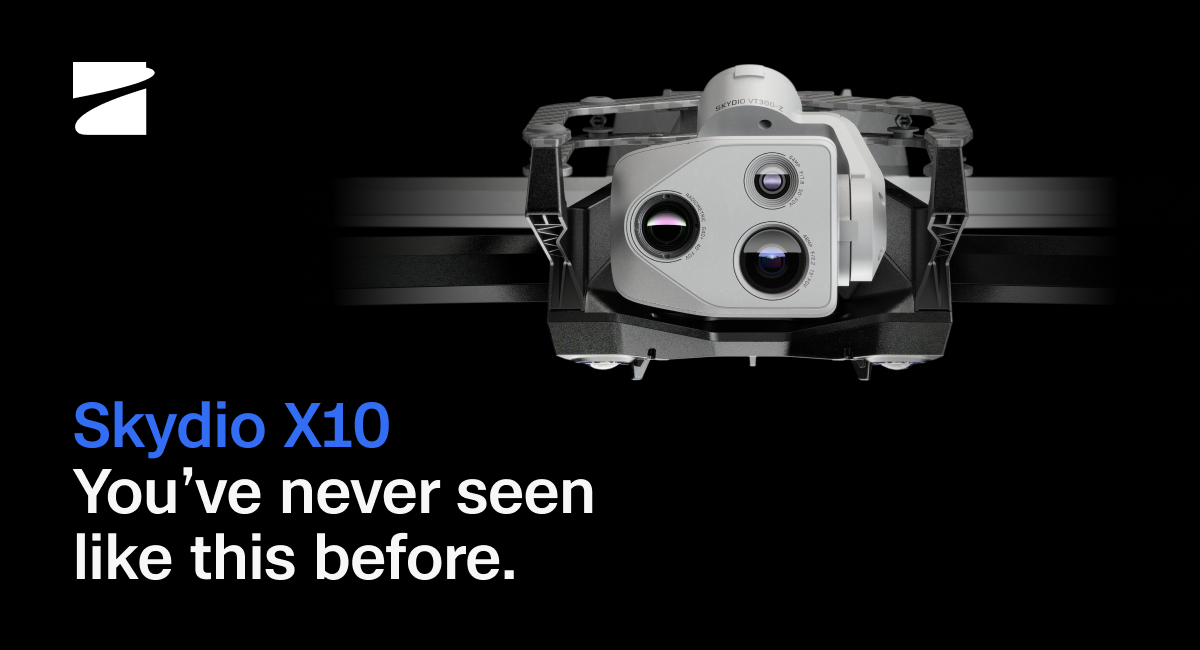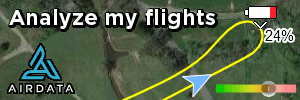- Joined
- Jul 2, 2021
- Messages
- 6
- Reaction score
- 2
- Age
- 59
- Location
- Oklahoma City, OK...for the moment
- Website
- www.alphaomega-safety.com
I've been in the WTG industry for a decade.
Before I approaching my professional network regarding WTG inspections, I'm curious to know about the "Blue UAVs / American made requirment."
Is this requirement just for military or does it include power-lines and substations as well? Substations on WTG sites belong to the customer. Overhead power-lines, I'm not sure. Everything from the WTG back to the customer's subs are underground.
Thanks
Before I approaching my professional network regarding WTG inspections, I'm curious to know about the "Blue UAVs / American made requirment."
Is this requirement just for military or does it include power-lines and substations as well? Substations on WTG sites belong to the customer. Overhead power-lines, I'm not sure. Everything from the WTG back to the customer's subs are underground.
Thanks





